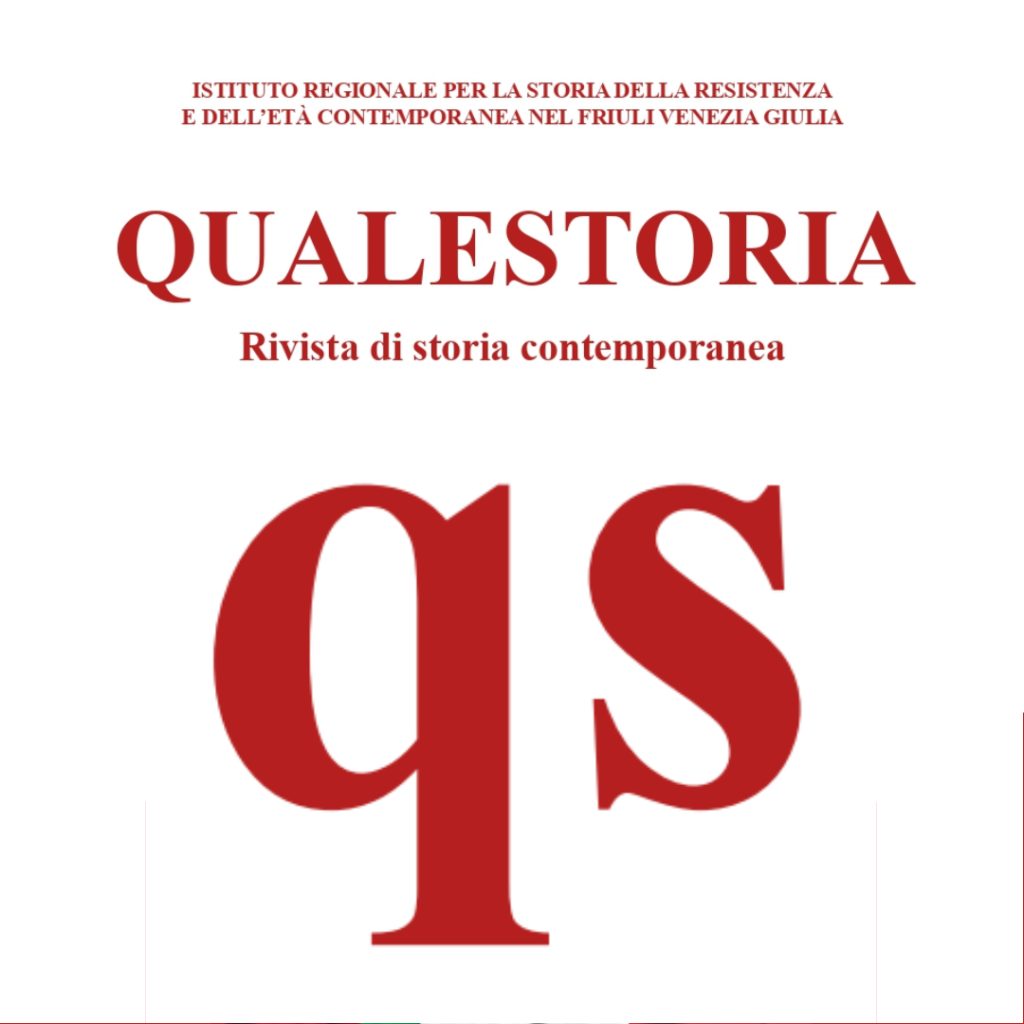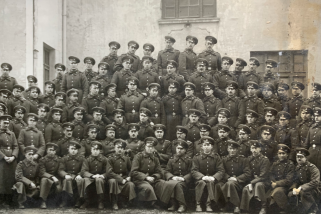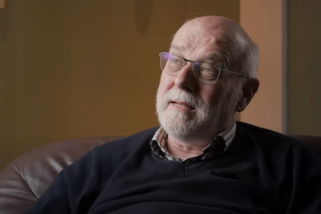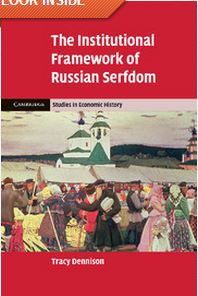Deadline: 15 Feb 2019
27th Conference of the Working Group of German and Polish Art Historians and Conservators,
Warsaw 19-21 September 2019
The Artistic Patronage in Central Europe: Private Commissions and State Art.
The history of art is largely the history of specific artistic commissions. Throughout the centuries patrons provided the indispensable means for the development of architecture and the visual arts. The private patronage, whether individual or collective, went hand in hand with various state commissions, stimulated by the ambitions to establish an institutionalised ‘state art’. Recently, the contemporary art market, auction houses and commercial art galleries became equally important agents influencing the character of the arts and formulating new systems of commissioning and distributing works of art.
The artistic patronage, which includes both the systematic patronage and more diverse commissioning activities, is one of the key themes of history of art. The specific aim of the present conference is to discuss the main issues and to offer a synthetic overview of the patronage in Central Europe, in its varying and broadly understood geographic confines, namely: Germany, Poland, Bohemia, Austria, Hungary, Slovakia and the Baltic Region.
The specific questions and topics include:
– The ideological schemes, strategies and organisational structures behind the artistic patronage based on the specific agendas of patrons, donors, inventors, artists, art dealers, collectors, networks of auction houses and commercial art galleries.
– The relationship between the patron – the artist – the beholder of the work of art. How can we describe the dynamics that shaped the artwork, ranging from the motives and expectations of the patrons to creative will and skills of the artists? What was the role of the changing public taste?
– Political, economic and social conditions of the artistic patronage in Central Europe. What were the similarities and differences between the countries in historic perspective?
– Social significance of artistic patronage. What was its role in the legitimisation of power, establishing the status of the patron, shaping civic norms and enabling the contemporary critical and socially engaged art?
– Methodological and historiographic enquiries. How different art theories influenced specific commissions? What were the tools, approaches, and mindsets applied by the art and cultural historians to the research on artistic patronage in Central Europe in the 20th and 21st centuries?
We invite the abstracts of maximum 300 words [maximum word length] for 20-mins papers on thusly formulated perception of the history of artistic patronage in Central Europe. We strongly encourage papers offering a synthetic perspective or demonstrating a comparative interregional approach. Papers that draw on specific case studies to permit wider and problematised analysis will also be considered.
This year’s hosting institutions are the Institute of Art History in Warsaw and the Museum of Warsaw [Muzeum Warszawy]. Therefore, we particularly welcome submissions on the artistic patronage in Warsaw. The papers may be presented in either German or English.
Apart from the papers, which directly address the theme of the conference, the organisers intend to establish a platform for presentations of current individual and institutional projects in the fields of history of art and conservation, which deal with the artistic heritage of Central and North-eastern Europe (Poster-session with short presentation, maximum 10 minutes).
Please send the abstracts for 20-mins papers and 10-mins presentations, together with a short biography (including email and postal addresses, and the current affiliations) by 15th February 2019 to dr. Jakub Adamski: jakub.adamski@uw.edu. pl
The scientific committee:
dr Jakub Adamski, Institute of Art History, University of Warsaw
dr Jarosław Trybuś, Museum of Warsaw
For the Working Group of German and Polish Art Historians and Conservators:
prof. UAM dr hab. Piotr Korduba, Institute of Art History, Adam Mickiewicz University, Poznań
PD dr. Beate Störtkuhl, Bundesinstitut für Kultur und Geschichte der Deutschen im östlichen Europa













